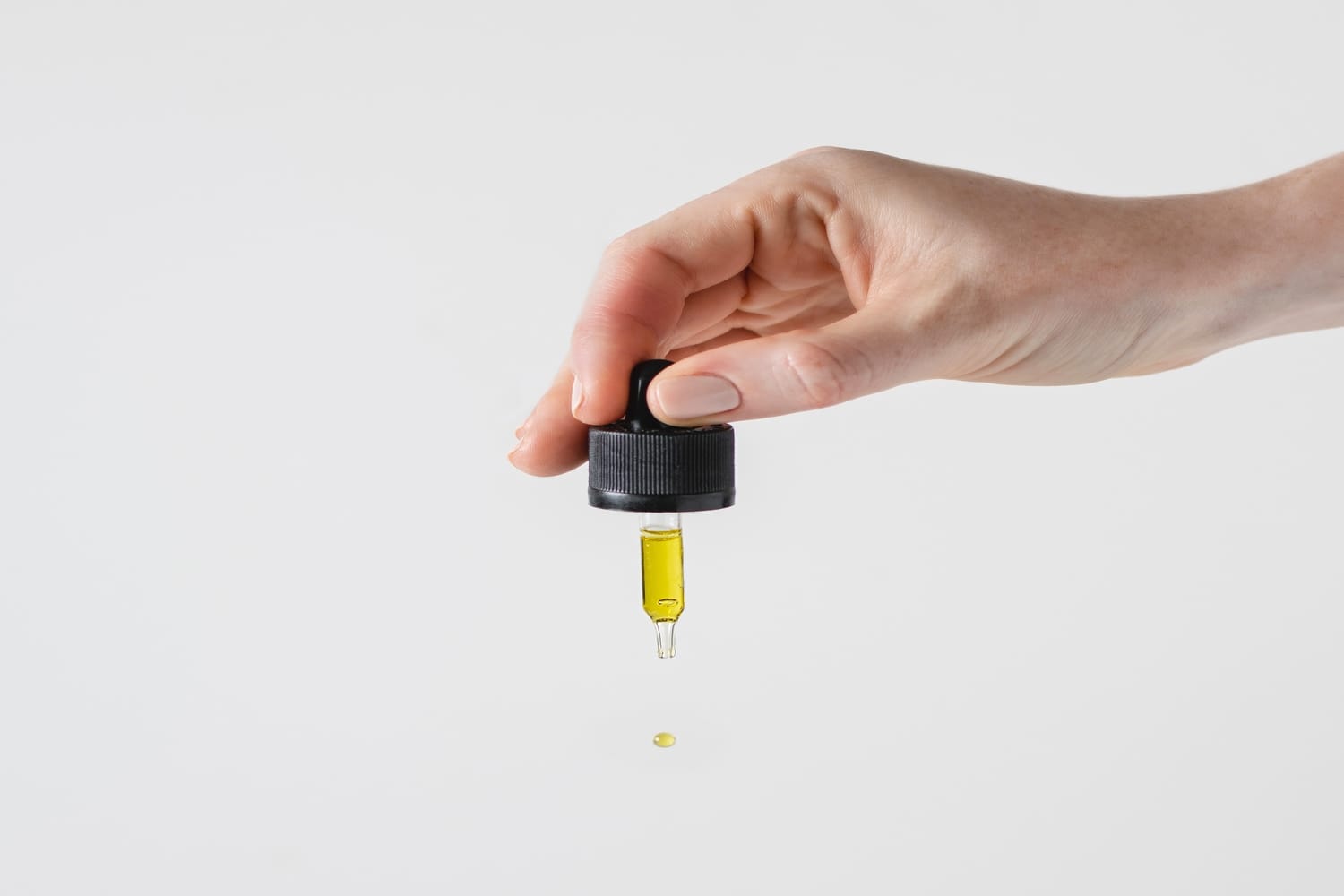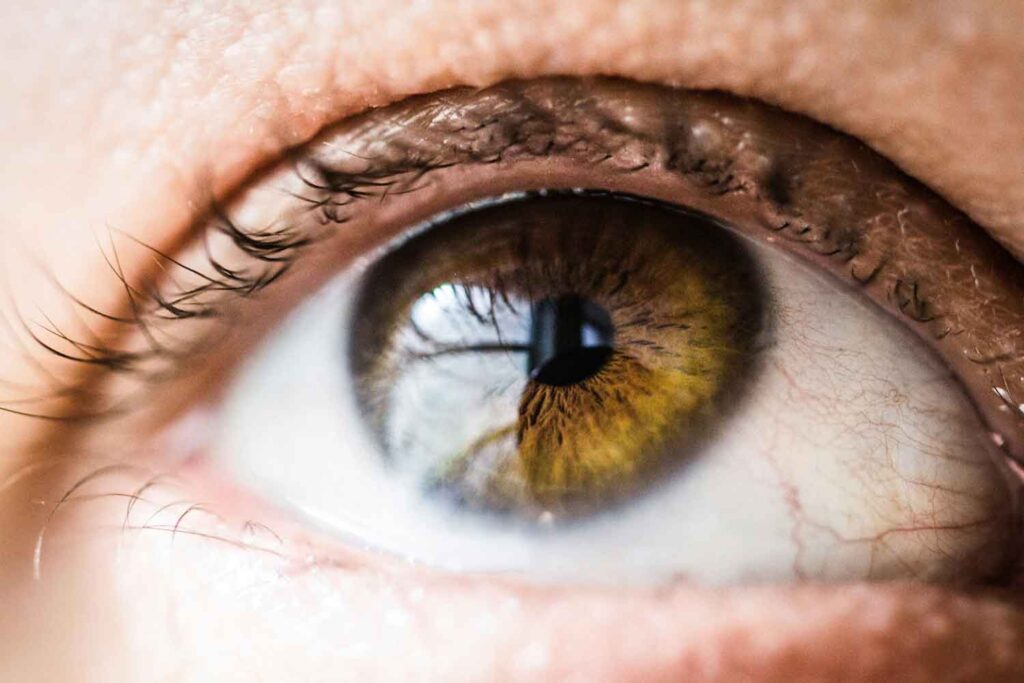An Introduction to Synthetic Marijuana

Have you ever heard the term synthetic marijuana? Maybe you’ve heard it referred to as spice of K2? According to Drugpolicy.org, it’s not actually that popular compared to other substances. It isn’t popular in the youth either, according to the fact sheet, the “Monitoring the Future survey of 8th -12th graders showed less than 5% of 8th graders had tried synthetic cannabinoid products in the past year for 2012-2015, less than 10% for 10th graders, and aside from 2012, less than 10% of 12th graders”. Their fact sheet also said that people who use synthetic marijuana were just looking for cheaper alternatives to try to pass a drug test. But what is synthetic marijuana anyway?
Photo: Unsplash
What is synthetic marijuana?
Synthetic cannabinoids aren’t one substance, the term refers to various products. According to Drugabuse.gov, “Synthetic cannabinoids are human-made mind-altering chemicals…..”. They are referred to as cannabinoids because of their similarity to the chemicals found in weed. The various synthetic cannabinoids out there actually get their name based on their action on various cannabinoid receptors in the brain.
These products are a part of an unregulated group of mind-altering substances called new psychoactive substances (NPS). They affect the brain by binding to cell receptors that bind to THC. However, drugabuse.gov says, “some of them bind more strongly than marijuana to the cell receptors affected by THC and can produce much stronger effects.” Unfortunately, as the article explains, many of the chemicals used in the production of synthetic marijuana are unknown and vary between products.
How do people use synthetic marijuana?
These substances are used in variety of ways. According to the Centers for Disease Control and Prevention (CDC), people use synthetic marijuana in these ways:
- Synthetic marijuana spray
- Mix into a liquid and vaped. They’re commonly used in electronic nicotine delivery devices such as e-cigarettes
- Add them to food and herbal teas
Is synthetic marijuana safe?
No, it’s not, according to the Centers for Disease Control and Prevention (CDC). The CDC actually describes synthetic marijuana as toxic. While some of the effects of weed are similar to synthetic marijuana, the latter is more harmful. According to drugabuse.gov and drugpolicy.org, after using synthetic marijuana you may feel:
- elevated mood
- relaxation
- altered perception
- symptoms of psychosis
- feeling stimulated and energetic
- increased appetite,
- a dream-like state
Negative side effects
You may also experience more serious and life-threatening symptoms such as:
- rapid heart rate
- vomiting
- violent behavior
- suicidal thoughts
- seizures
- aggression
- agitation
- respiratory failure
- loss of consciousness
- confusion
Some people even have unexplained bruising and bleeding according to the CDC.
There have been many hospitalizations according to a Healthline article from two years ago. It said, “Between March 7 and April 3, Illinois public health officials recorded 70 reports of severe reactions to these synthetic products, including two deaths.” The CDC advises that you should throw it out if you have it.
A big part of the danger is how unregulated it is. Paul Armentano, deputy director of the National Organization for the Reform of Marijuana Laws (NORML), was quoted in Healthline saying “The risks to health posed by these so-called ‘synthetic marijuana’ products come largely from the fact that they are unregulated, clandestinely produced chemical products that are subject to no standardization, quality control, or oversight.”
Unlike actual marijuana, you can overdose on synthetic marijuana and suffer serious effects. Drugabuse.gov says an overdose can cause kidney damage, elevated blood pressure, and other issues.
Is synthetic marijuana legal?
No. Originally, they contained substances that weren’t banned. However, at some point, the law caught on. Back in 2012, former President Obama signed the Synthetic Drug Abuse Prevention Act, placing synthetic cannabinoids (and other substances) in Schedule I of the Controlled Substances Act (CSA). This is the most restrictive class.
There is a way for manufacturers to go around the law. According to drugpolicy.org, “manufacturers of synthetic cannabinoids can make small changes to the chemical formulas in order to skirt these laws, producing newer synthetic cannabinoids that have not yet been scheduled.”
In addition to that, manufacturers label the products “not for human consumption” in an attempt to avoid trouble.
How long does synthetic marijuana stay in your system?
According to Very Well Mind, how long synthetic cannabinoids stay in your body depends on:
- the type
- method of administration amount consumed
- frequency of use
The article went on to say that these substances typically don’t show up on urine tests. People who need to do drug tests may end up opting for these instead. On the other hand, Addiction Center says that synthetic cannabinoids could be detectable in the urine for up to 72 hours after use. In addition to that, for both blood and saliva tests, the substance is detectable for up to 48 hours after use. However, with hair tests, synthetic cannabinoids can be detectable for up to 3 months or 90 days.
Conclusion
Synthetic marijuana is a group of man-made chemicals that produce psychoactive effects. They’re illegal under the Synthetic Drug Abuse Prevention Act. Even though synthetic marijuana can give its users similar effects to weed, it is seen as much more unpredictable and dangerous. The fake cannabinoids have landed people in the hospital and morgue. The reason people opt to use them is that they can evade some drug tests but for this reason, the CDC does not recommend its use.












